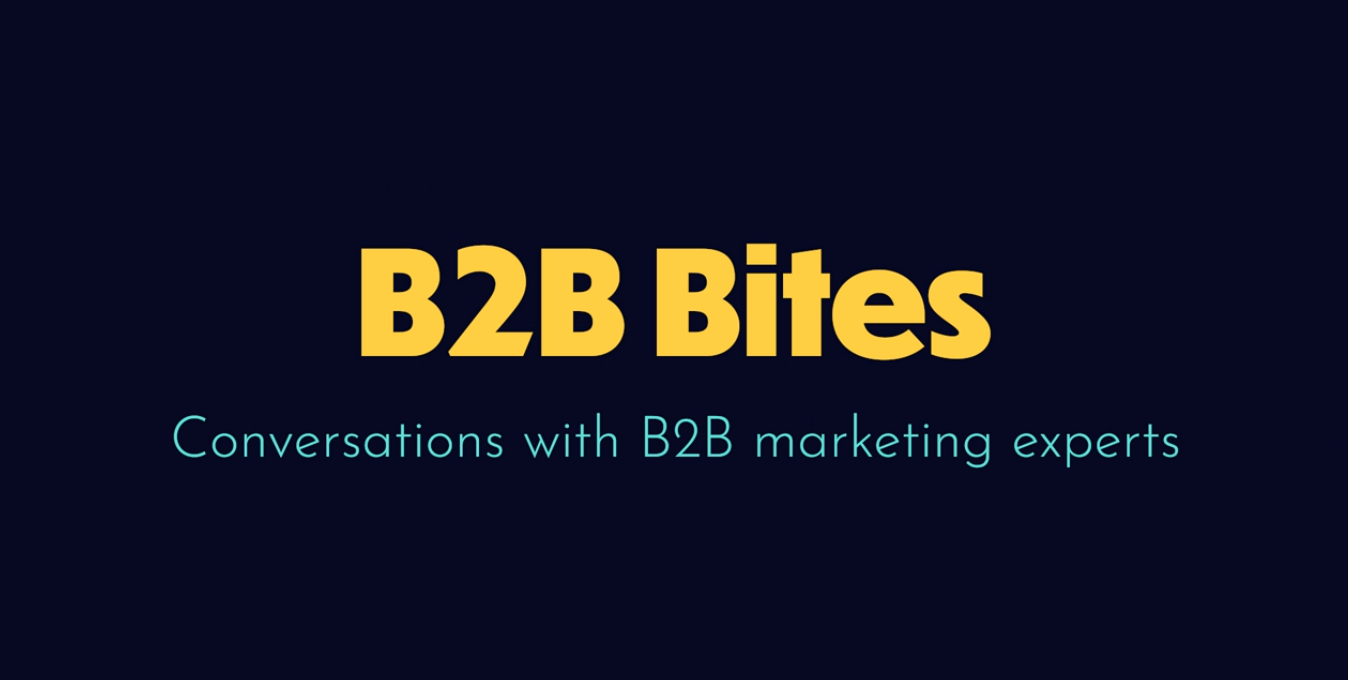Wondering how to start content marketing? The answer is this: find your voice.
That might sound a bit “Happy Feet”, but it’s absolutely true.
The voice you use to speak to your customers, through B2B blog content or otherwise, is an expression of who you are as a company. If there’s disconnection between how you present yourself to your clients and the actual experience of working with you, you’re setting yourself up for problems. Ultimately, you’ll attract completely the wrong clients for your brand, while your ideal audience heads off elsewhere.
1. Define your personality
The first step is to figure out what you really stand for, what you value and what you’re like to work with… Not what’s popular in your industry. Not which buzzwords you see cropping up most often.
This is about who you are.
Don’t describe yourself as “creative and dynamic” if your way of operating is to be a safe pair of hands; a team that gets the job done with no fluff and no fanfare. Say you’re a safe pair of hands. Say you’re straight-talking. Say you believe in getting the job done without any nonsense or mumbo-jumbo. Because this is going to be the core of how you talk to customers – and the reason why the customers who want that in their provider will come to you.
Equally, don’t bill yourself will words like “no-nonsense”, “efficient” and “results-driven” if you’re a creative, artsy, think-outside-the-box kind of an outfit. Focus on the things that underpin the way you think and work: be proud of being experimental and innovative and doing things differently. If that’s who you are, then own it.
2. Review your output
Once you’re clear on your brand personality, it’s time to check how well this compares to the content you’ve actually produced.
Go through your B2B blog content, eBooks, videos, website copy – everything. Be honest. Does this voice match the personality you’ve just described? Which turns of phrase or design elements feel jarring or off-kilter?
Also ask people outside the company to review samples of your content and jot down a few words that sum up the personality of the speaker/writer. How do these compare to what you’re aiming for?
3. Write a (very) clear style guide
Next, get down to the details. For each “personality trait” you’ve noted down for your brand, expand a little bit on what that means in a business context.
For example, if you’ve written “friendly and approachable”, your description might be “We offer plenty of support and are always happy to guide our clients through the process to help them understand and get the best results.”
Then, note down how you’ll demonstrate this through your brand voice. For the example above, you might say: “Use an upbeat, casual tone and positive language; make sure our B2B blog content always gives a face to a name; keep sentences short and easy to follow; focus on how-to/step-by-step instructions; give real-world examples and stories to bring ideas to life.”
Also note down what you absolutely won’t do. E.g. “no patronising language; don’t get formal or technical; no jargon; avoid complex words/sentence structures.”
4. Keep your team on track
Now you have your guide in place, refer back to it for every new piece of content you create.
Spend time with your team, making sure that they understand why you’ve created this brand voice and how to bring it to life. Give specific examples. Go through any content they write, such as blog posts, and explain the rationale behind any changes you’ve made with reference to the style guide.
You might find it takes a while for everyone to get into the habit of doing this, but once they do, it will be second nature. Plus, by taking the opportunity to emphasise your brand personality, you reiterate your company values, too - helping to create a corporate culture that’s consistently rooted in your brand personality and tone.
Want more great advice like that? Download the free B2B Content Creation Masterclass.









